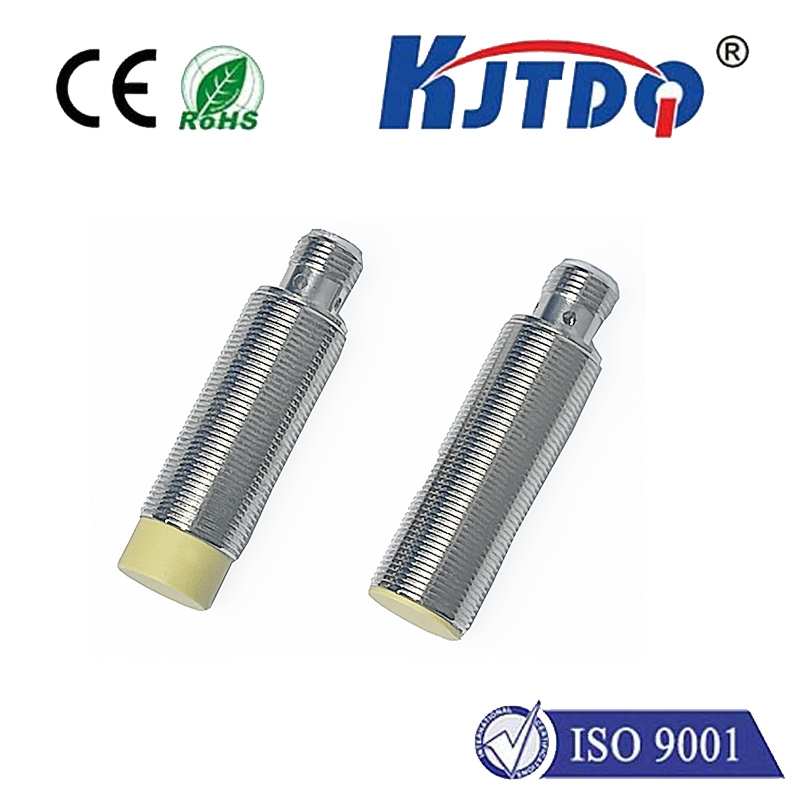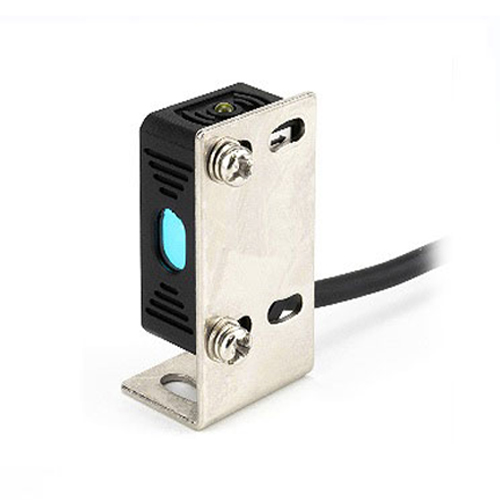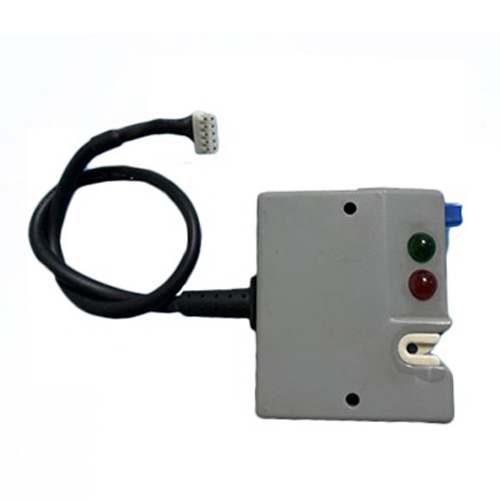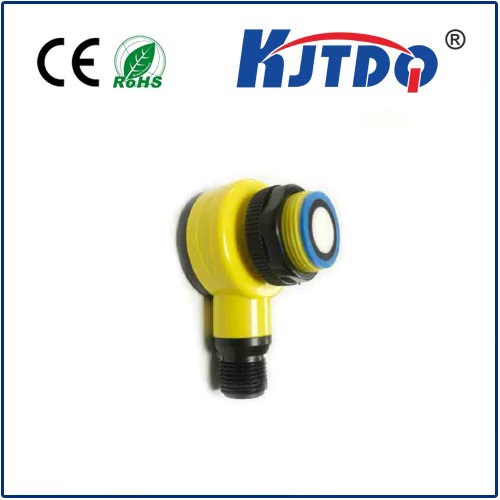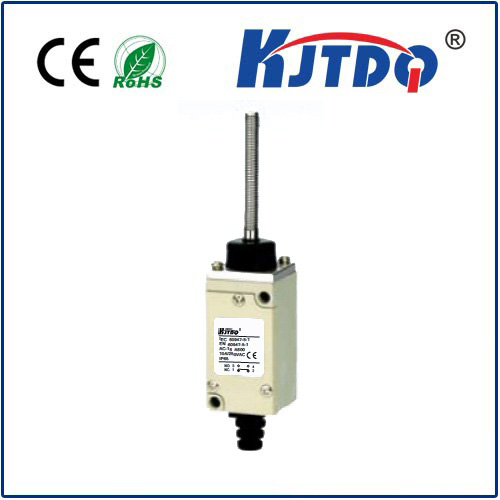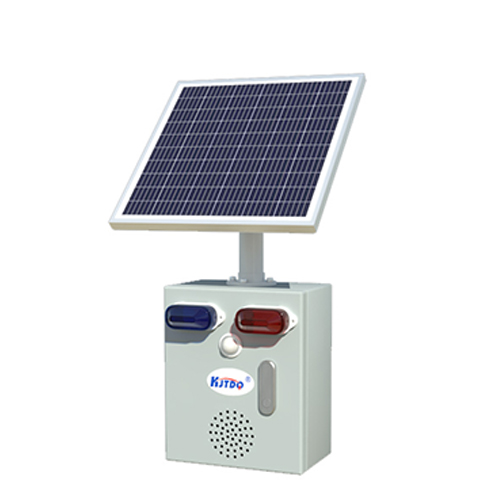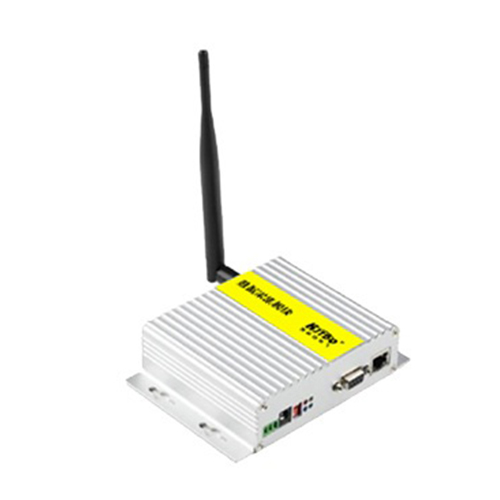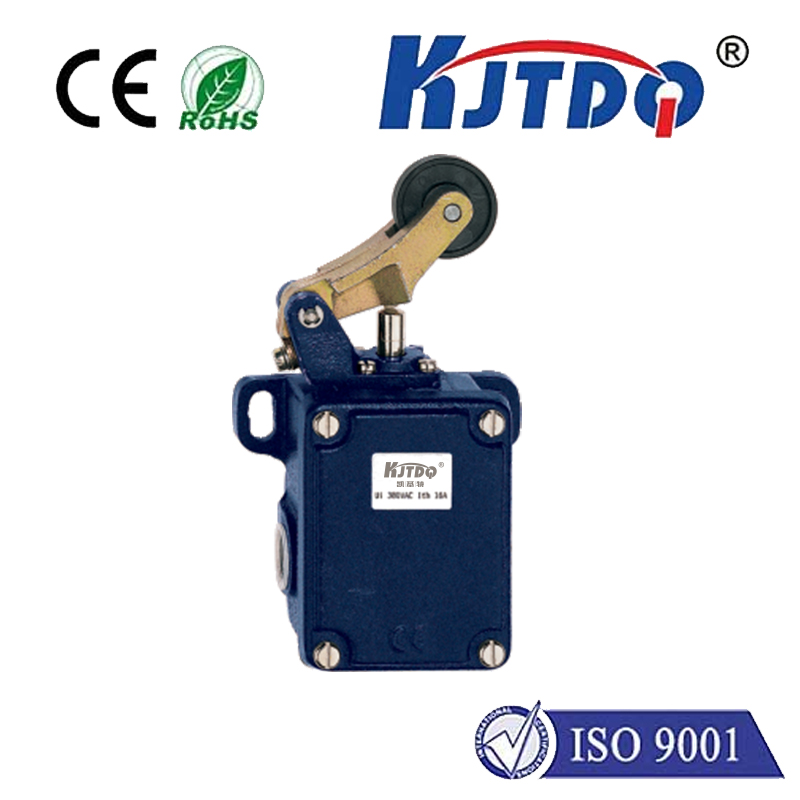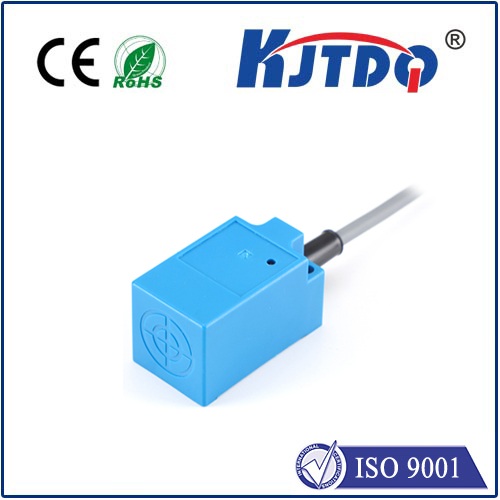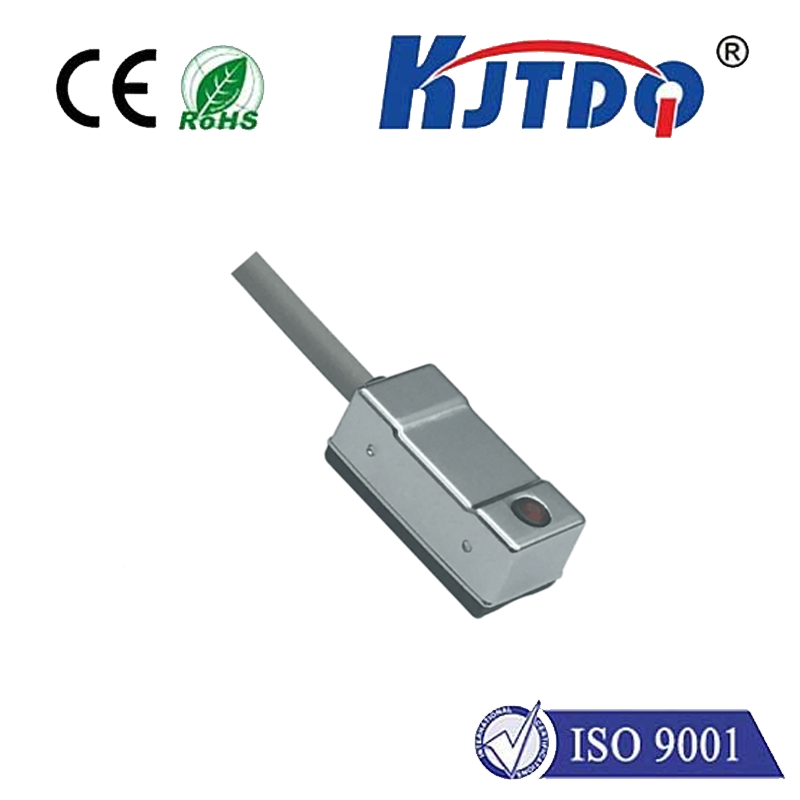

check

check

check

check
In the complex world of industrial automation, where pressure isn’t just a measure but a constant, often extreme, operational factor, sensing components face extraordinary challenges. Equipment failure in high-pressure zones doesn’t just halt production; it poses significant safety risks and incurs substantial downtime costs. Selecting sensors built to withstand these punishing conditions is paramount. The BES02Z7 High Pressure Proximity Sensor stands out as a purpose-built solution, delivering reliable non-contact detection precisely where pressures soar and reliability cannot be compromised.
Understanding the core of the designation clarifies its niche. “BES02Z7” identifies a specific model within a sensor series, implying defined electrical characteristics (like voltage, output type - likely PNP or NPN), and connection style. “High Pressure Proximity Sensor” defines its critical capability: it’s designed to operate flawlessly in environments subject to significantly elevated fluid pressures – think hydraulic systems, high-pressure pumps, test rigs, heavy machinery cylinders, or oil and gas applications – where standard sensors would quickly deform, leak, or fail. Its core function remains proximity detection: sensing the presence (or absence) of a metallic target without physical contact, using inductive technology.

So, what makes the BES02Z7 uniquely suited for these high-pressure tasks? It boils down to robust engineering focused on structural integrity and environmental sealing:
Where does the BES02Z7 High Pressure Proximity Sensor prove indispensable? Its unique capabilities make it ideal for applications where pressure is a core operational parameter:
Choosing the BES02Z7 over a standard sensor isn’t just an upgrade; it’s often a necessity. Using an inadequately rated sensor in a high-pressure zone invites failure. The consequences range from minor leaks and inaccurate readings to catastrophic seal rupture, expensive component damage, unplanned downtime, and potential safety hazards. The BES02Z7 provides the critical assurance that the sensing element itself won’t become the weak link in the system. Its proven resilience directly translates to enhanced operational continuity and reduced total cost of ownership.
Integration follows standard practices for inductive proximity sensors, but installation requires careful attention to pressure ratings and sealing surfaces. Ensure the sensor’s specified pressure rating comfortably exceeds the maximum expected operating pressure in the application, including potential pressure spikes. Properly prepare the mounting surface to ensure the sealing face mates correctly, avoiding distortion. Utilizing the correct mounting accessories specified by the manufacturer is crucial to maintain the integrity of the seal under pressure. Electrical connection adheres to standard DC 3-wire (PNP or NPN) norms, making wiring straightforward.
In essence, the BES02Z7 High Pressure Proximity Sensor represents a focused engineering solution. It takes the fundamental reliability of inductive sensing and encases it within a fortress built for pressure. For engineers and maintenance professionals navigating the demanding frontiers of high-pressure automation, this sensor offers more than just detection; it delivers confidence. Confidence that position feedback will remain accurate, that machine sequences will execute reliably, and that operations can continue safely, even when the pressure is literally on. It’s a critical enabler for pushing the boundaries of performance in the most challenging fluid power and process control applications.
